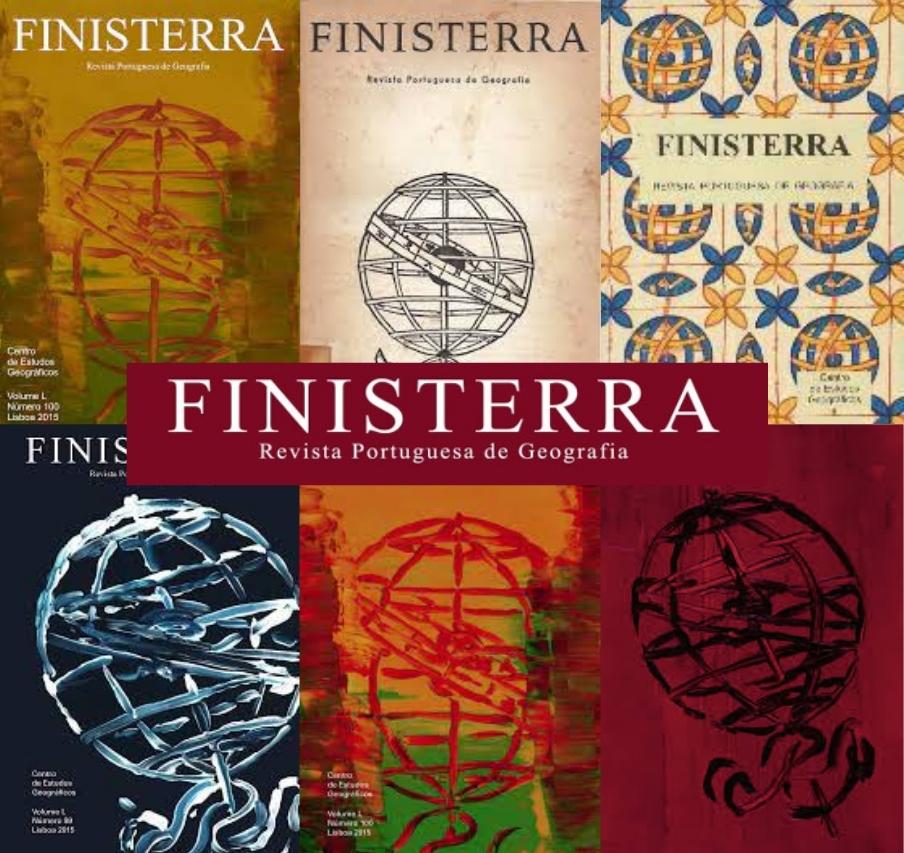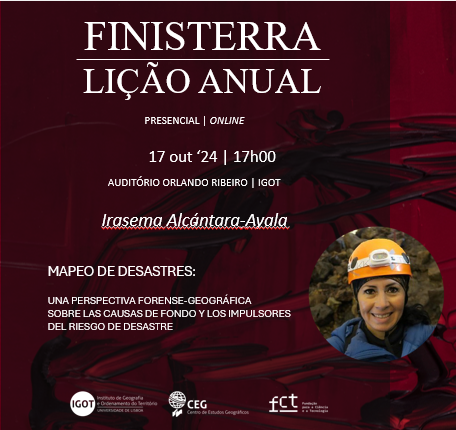THE CANTONESE ANCESTRAL CLAN BUILDING AS SOCIAL INTEGRATION PLATFORM
DOI:
https://doi.org/10.18055/Finis17553Abstract
In the quest to develop cities for the long run, the debate is whether to retain elements of culture or to reinvent such spaces for new uses. Cultural heritage preservation thus becomes an issue in urban planning. Heritage sites and buildings are currently facing a great threat from new urban development particularly in developing countries including Malaysia. Nonetheless, there are those who argue for the preservation of local identity in the face of urban development. They claim that within the Kuala Lumpur City Centre, there are areas rich in diversity of identity, and these should be made more visible. This paper uses the case study of Chan See Shu Yuen, a historically significant Cantonese ancestral clan association building which houses both tangible and intangible cultural heritage in the heart of Kuala Lumpur. Through a mixed-method approach, combining interviews, surveys, content analysis, photography, and videography, I outline how this clan association increases social cohesion through its continued functions of providing aesthetic value and being a tourist attraction. This makes the case for the continued retention of historical buildings and practices, despite overarching social changes such as super-diversity.
Downloads
Downloads
Published
How to Cite
Issue
Section
License
-
The opinions expressed in the texts submitted to Finisterra are the sole responsibility of the authors.
-
Authors retain copyright and grant the journal the right of first publication, with the work simultaneously licensed under the Creative Commons Attribution License, which allows others to share the work with acknowledgement of its authorship and initial publication in this journal.
-
Authors commit to following the “Submission Guidelines” available on the RCAAP platform.
-
Whenever the text requires changes based on suggestions from Scientific Reviewers and/or the Executive Editorial Board, authors agree to accept and implement these changes as requested. If there are changes the authors disagree with, appropriate justifications must be provided on a case-by-case basis.
-
Reproduction of copyrighted material has been previously authorised.
-
The texts are original, unpublished, and have not been submitted to other journals.
Copyright
It is the responsibility of the authors to obtain authorisation to publish any material subject to copyright.
Editing Rights
Editing rights belong to the Centre for Geographical Studies of the Institute of Geography and Spatial Planning, University of Lisbon.
The editing of a text submitted to Finisterra for publication implies that it is an original.
Publication implies acceptance of the submission guidelines and compliance with authors’ responsibilities.
Publication Rights
All publication rights belong to the Centre for Geographical Studies, as the publisher of Finisterra.
Licence URL: CC Attribution – Non-Commercial – No Derivatives (BY-NC-ND).
Digital Preservation Policy
Finisterra uses the Open Journal Systems (OJS 3.2.1.4), a free and open-source software for journal management and publication, developed and distributed by the Public Knowledge Project (PKP) under the GNU General Public License. PKP is a multi-university initiative that develops open-source software and conducts research to improve the quality and reach of scholarly publishing. OJS includes the PKP PN plugin, a means of digitally preserving journal content in the PKP Preservation Network (PKP PN), which ensures long-term access to OJS journal content. PKP enables OJS journal publishers to preserve content in a decentralised and distributed manner. This ensures that, in the event a journal ceases publication or goes offline, continued access to articles and issues remains available (long-term preservation).
For more information, visit: https://pkp.sfu.ca/ojs/




_(2).jpg)

